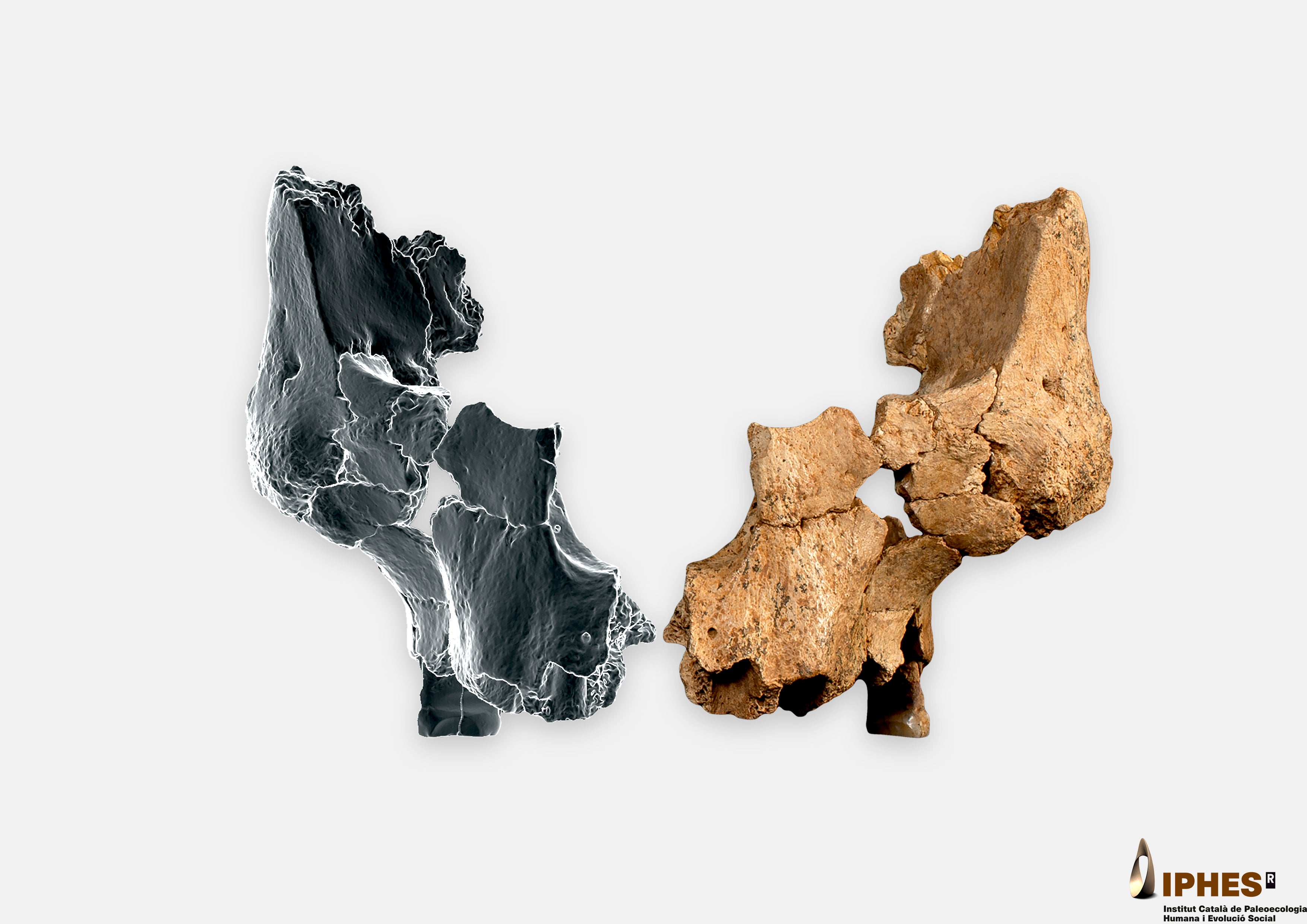Million-year-old face fossil sheds new light on ancient human migrations
Scientists say a fossil of a partial face from a early human ancestor in Spain is between 1.1 and 1.4 million years old

Archaeologists have unearthed the oldest known fossil of a partial face from a human ancestor in western Europe.
The incomplete skull — which includes a section of the left cheek bone and upper jaw – was found in northern Spain in 2022.
New research published in the journal Nature on Wednesday reveals the fossil is between 1.1 million and 1.4 million years old.
“The fossil is exciting," said Eric Delson, a paleontologist at the American Museum of Natural History, who was not involved in the study.
“It's the first time we have significant remains older than one million years old in western Europe.”
A collection of older fossils from early human ancestors was previously found in Georgia, near the crossroads of eastern Europe and Asia. Those are estimated to be 1.8 million years old.

The Spanish fossil is the first evidence that clearly shows human ancestors “were taking excursions into Europe” at that time, said Rick Potts, director of the Smithsonian’s Human Origins Program.
But there is not yet evidence that the earliest arrivals persisted there long, he said. “They may get to a new location and then die out,” said Potts, who had no role in the study.
The partial skull bears many similarities to Homo erectus, but there are also some anatomical differences, said study co-author Rosa Huguet, an archaeologist at the Catalan Institute of Human Paleoecology and Social Evolution in Tarragona, Spain.
Homo erectus arose about two million years ago and moved from Africa to regions of Asia and Europe, with the last individuals dying out around 100,000 years ago, said Potts.
It can be challenging to identify which group of early humans a fossil find belongs to if there's only a single fragment versus many bones that show a range of features, said University of Zurich paleoanthropologist Christoph Zollikofer, who was not involved in the study.
The same cave complex in Spain's Atapuerca Mountains where the new fossil was found also previously yielded other significant clues to the ancient human past.
Researchers working in the region have also found more recent fossils from Neanderthals and early Homo sapiens.
Bookmark popover
Removed from bookmarks